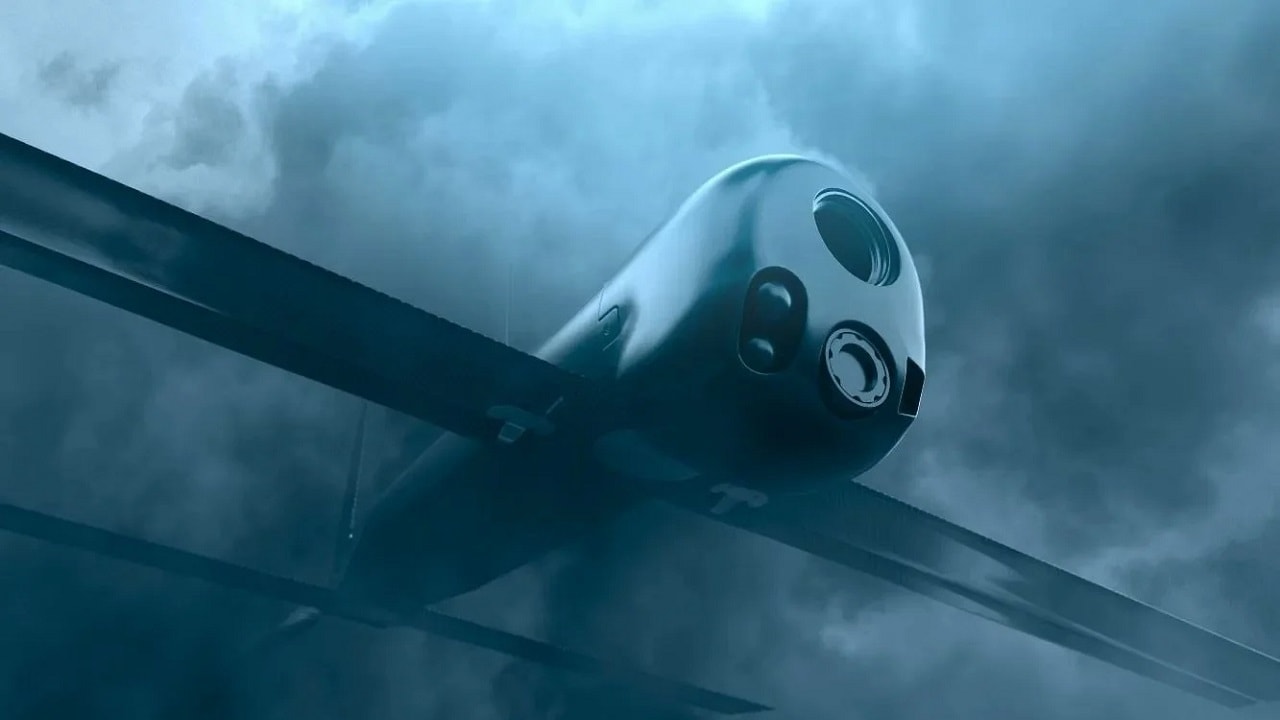It is extremely likely that Ukraine wouldn’t have achieved the victories it has without the material and intelligence support from the West.
(Subscribe to Our YouTube Channel Here. Check out More 19FortyFive Videos Here)
As the first Russian troops crossed the Ukraine-Russia international border in the early morning hours of February 24, U.S. and NATO aircraft were flying in thousands of tonnes of military assistance to friendly neighboring countries. There, military trucks and trains were waiting to carry the lifesaving equipment across the border to a Ukrainian military desperately in need.
As the conflict is heading toward the 11-month mark and the Ukrainian military has the strategic advantage, there are voices in the U.S. that call for stopping or reducing the amount of military aid to Ukraine.
Some of the arguments suggest that the money committed to the Ukrainian cause would find a better use in the U.S. military, while others argue that it will only help to escalate the war. But events show that the U.S. is achieving a great bang for its buck by helping Ukraine.
The U.S. Support
Since the war started, the U.S. has sent or committed to sending more than $21 billion in security assistance to Ukraine, while the total sum of financial, military, and humanitarian aid is close to $50 billion.
In almost 30 military assistance packages, the U.S. military has sent or committed to sending a variety of weapon systems, including more than 54,000 anti-tank missiles and munitions (with over 8,500 FGM-148 Javelin anti-tank missiles in there), 45 T-72B tanks, 20 Mi-17 helicopters, 38 M142 High Mobility Artillery Rocket Systems (HIMARS), 178 155mm and 105mm howitzers with almost 1.2 million rounds, more than 2,200 tactical vehicles, and armored personnel carriers, among other weapon systems.
Almost every country—including the U.S.—is sending Ukraine second-tier weapon systems that were heading to the junkyard or the international arms market anyway. However, that has been enough for the Ukrainian military to stop the bigger and technologically superior Russian forces.
Of course, the material factor alone hasn’t stopped the Russian military. The fierce determination, moral courage, and bravery of the Ukrainian soldiers and civilians have been key in the country’s success against a superior and larger military force.
A Budget-Friendly Approach in Ukraine
The U.S. has been the single-most important supporter of Ukraine in its fight against the Russian invaders.
To be sure, other countries, notably Poland, Estonia, the Czech Republic, and the United Kingdom, have been providing great assistance, but Kyiv wouldn’t have been able to turn the tides of the war and liberate so much territory weren’t for the support of Washington.
And the U.S. military support of Ukraine makes sense financially. For approximately 5 percent of its annual defense budget, the U.S. has sent Ukraine weapon systems that have destroyed around 50 percent of the pre-war Russian military.
According to the Oryx open-source intelligence website, the Ukrainian forces have captured, damaged, or destroyed more than 8,500 weapon systems, including 1,600 tanks, 750 armored fighting vehicles, 1,800 infantry fighting vehicles, and 600 artillery pieces, among other weapon systems. Oryx reports only weapon systems that could be independently and visually verified.
So, the actual Russian numbers are likely higher.
Just before Christmas, President Joe Biden signed the Fiscal 2023 National Defense Authorization Act into law, allotting $816.7 billion to the Pentagon. If we divide that number into four unofficial major categories that address near-peer adversaries, transnational threats, and logistical concerns (China, Russia, Global War on Terrorism, and modernization of the military), we get approximately 200 billion allocated for dealing with the Russian military.
So, the U.S. has managed to indirectly half the combat capability of the Russian forces with just one-quarter of the amount by supporting Ukraine.
Indeed, stopping military aid to Ukraine when Kyiv has the strategic advantage would be folly.
More: Can a Coup Takedown Putin for Good?
More: Is Donald Trump Going Crazy?
More: Could Mike Pence Beat Donald Trump in 2024?
More: NATO vs. Russia – What World War III Would Look Like
Expert Biography: A 19FortyFive Defense and National Security Columnist, Stavros Atlamazoglou is a seasoned defense journalist specializing in special operations, a Hellenic Army veteran (national service with the 575th Marine Battalion and Army HQ), and a Johns Hopkins University graduate.

